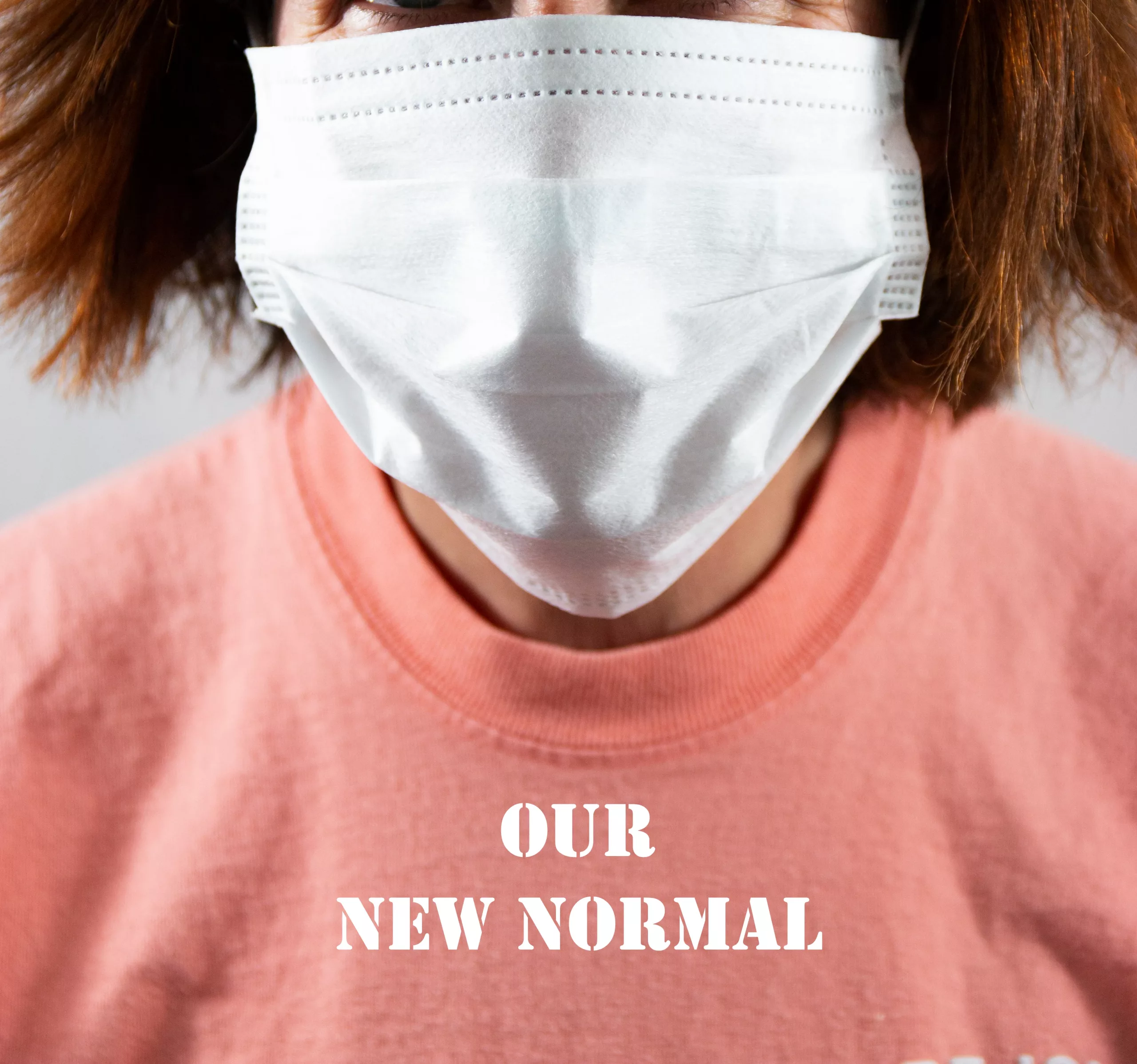If 2020 was a baseball game, the crowd would be going wild over the curveballs, unexpected home runs, and plenty of swings knocking the ball completely out of the park.
Over the past year, life has thrown curveball after curveball, keeping us glued to the edge of our seats, squinting our eyes to see if we can predict what will happen next.
And one of the most popular questions floating around is, “When will life go back to normal?” But let’s pause and analyze what normal really looks like.
What is normal?
In the world of psychology, psychologists define the ideal and use that paradigm to interpret what is abnormal. A normal person can think clearly, therefore an individual who experiences hallucinations has abnormal symptoms. Or a normal person can carry on a typical conversation, while someone who struggles to talk with others has abnormal social skills.
Normal could mean
- Common. “A normal outfit is blue jeans and a tee shirt.”
- Average. “The normal price of dry pasta is one dollar per pound.”
- Optimal. “A normal day of exercise equals 1 hour or ten thousand steps.”
- Adequate. “A normal person doesn’t walk with a limp.”
Normal often means conformity. Yet normal is generic. It’s like potato chips or soda. There are plenty of off-brands depending on where you shop: WalMart cola or Target chips. Normal life can look very different from person to person.
However, normal is also specific, like Coke a Cola or Lays sour cream and onion chips. Like going back to school, not having to wear a mask inside, or being able to find toilet paper for a reasonable price.
So when we are asking, “When will life return to normal?” We are actually curious about both the broad and specific parts of life. Ask yourself what normal feels like.
- What makes my home life feel normal?
- What feels normal at work or school?
- What does normal shopping, dining, or entertainment look like?
- What makes time with my friends feel normal?
Accepting the new normal
If you’re like most of the world, you have probably been asking that buzz question for a few months now…and life still feels different. Some things are returning to normal, like the fact that we can leave our houses and that businesses are open once again. Some things still feel foreign, like wearing masks indoors and keeping our distance from other individuals.
One of the first steps toward regaining normalcy is actually accepting that life is not normal, recognizing that things are different and that we aren’t in control. Acknowledge that friendships have been impacted, work and school have been modified, and going in public isn’t the same.
But let me guess, this “new normal” doesn’t diminish your anxiety. It doesn’t eliminate your fears. It has just morphed them.
How to handle change
- Acknowledge change. Name it, specify what’s different, and express how you feel about those changes.
- Don’t try to change things back to normal. Yesterday is gone, and tomorrow will not look like yesterday.
- Modify to a new normal. Accept your new reality by focusing on the things that are the same and processing one new change at a time.
Here are what a few examples of what our new normal post-Covid will look like:
- Hand shakes, high fives, and hugs might grow as old-fashioned as curtsies and bows.
- Masks, hand sanitizer, and disinfectant spray will be commonplace, as if they are the latest design trend.
- Travel (especially business travel) will likely reduce, including the use of public transportation.
- Shopping from home and curbside pickup are trends that will linger.
- More people will work (or learn) from home.
- Sports arenas, conference centers, and entertainment venues probably won’t be packed to the brim.
- Families will take local adventures instead of international ones.
- Savings accounts and pantries will be fuller than ever before.
- New creative solutions and innovations will flood the market.
Nevertheless, there are things in life that will remain the same:
- Your dog still barks at the mailman.
- Coffee (or tea, or a smoothie) is still your morning go-to drink.
- Chocolate still tastes good, and kids still devour sweet treats.
- The morning news still shares the weather forecast.
- It still feels good to slip in bed at the end of the day.
- The sun still shines in the summer, and the air still grows cool on a fall evening.
Take a moment to write a list of things that have changed and things that have remained the same in your life. Mentally sift through them, or jot them down in a journal.
For an extra challenge, take notes throughout your day of things that have remained the same! Hint: use all five senses. (I still smell my favorite coffee brewing, I still wash dishes in hot water, I still listen to my cuckoo clock, I still feel the warmth of the sun on my skin, etc.)
Here’s some hope for you in the midst of change:
- Over time you will gradually increase healthy behaviors and decrease unhealthy behaviors.
- A significant event, such as a pandemic, causes you to instantly adopt healthier behaviors.
- Eventually, those extremely healthy behaviors will decrease, but they won’t drop as low as they were before—this is your new normal.
So as you can see, a new normal will emerge from this season. And as a result, it will be better than your old normal!
Need help managing change?
Change takes a toll, even if you deliberately emphasize what is the same.
If change feels like a weight on your back, let’s chat. You can have freedom from the burdens even in the midst of a new normal. In fact, there are always hidden blessings in the midst of a new normal!
Teen Social Anxiety

